SOLANA Giveaway Scam
The SOLANA (SOL) giveaway is an online scam that loads in popular browsers as a result of browser redirect. It attempts to trick people to use the services of a fake program for cryptocurrency contributions by misusing the name of a legitimate platform. The scam claims that users can participate in a giveaway for one million SOL tokens. It further states that all initial investments can be doubles. What happens, in reality, is the loss of all transferred money. So, beware!
The scam can be promoted by various hoax pages as well as potentially unwanted programs like adware and browser hijackers. Such programs are not referred to malicious software but they still pose danger as they lead to scammy sites like the ones that push the SOLANA scam. Here is why we recommend that you check your computer for any PUP and remove them.
Read this article if you want to learn more about the SOLANA giveaway scam and how to prevent falling victim to online fraudsters.

SOLANA Scam Summary
| Name | SOLANA |
| Type | Online Scam, PUP |
| Short Description | Displays misleading information in order to obtain sensitive credentials and steal money. May be supported by a potentially unwanted program. |
| Symptoms | Your web browser begins to load redirects to SOLANA cryptocurrency giveaway scam. Various types of online advertisements may start to flood browsing sessions as well. Your computer start operating slow. |
| Distribution Method | Bundled downloads. Bogus web pages which advertise it. |
| Detection Tool |
See If Your Device Has Been Affected by SOLANA scam
Download
Malware Removal Tool
|
SOLANA Giveaway Scam – Activity Report
SOLANA is a legitimate decentralized blockchain built to enable the maintenance of scalable, user-friendly apps. Recently its name has been detected in ongoing online scam campaigns.
SOLANA scam aims to convince people to participate in a giveaway in order to win some of the 1 000 000 million SOL tokens rewards. As you may guess this giveaway is fake and its only purpose is to steal your money.
How the SOLANA giveaway scam may hijack a browser is via different web pages designed to copy the design of the legitimate platform. How such scam sites could obtain access to your web browser is via questionable applications like adware, browser hijacker, and browser extensions.
In the event that a kind of undeired app has affected your system, probably you will begin to see other kinds of advertisements including but not limitins to:
- Redirects to third-party site.
- Web banners.
- Push pop-ups.
- Browser pop-up ads.
- Highlighted text ads.
- Ads that show up instead of search results.
Most online scams that are reward-based display fake claims in order to obtain personal information, credit card details, and other sensitive credentials. Some other giveaway scam you should be aware of are $1000 Walmart Gift Card Scam, Amazon Loyalty Program Scam, and Costco Gift Card Scam. If you encounter such a page during your online browsing you should close it immediately. Then you should check the security of the affected browser and the computer as well.
If you want to learn how to detect these scamming pop-ups, you will need to pay attention to the following useful tips:
- Do not download software from sites different than the official sites of the apps.
- Avoid any payment requests from doubtful sites.
- Always check if the website that asks you to enter your information is a scam or a real one.
- Always avoid entering your information on sites that do not run SSL certificates.
- Always pay attention to all site details, especially when they demand you to take a specific action.

Remove SOLANA Giveaway Scam and Secure PC/Mac
SOLANA Giveaway Scam can be removed if you delete the software that is triggering it on your browser. So, we could recommend the following – navigate to the removal guide below and complete all steps shown there to ensure that no harmful or undesired files affect the online and offline activities you do on your PC or Mac. Keep in mind that the best removal results can be achieved when you download and scan your OS with advanced anti-malware software. This software will protect your machine in the future as well.
- Windows
- Mac OS X
- Google Chrome
- Mozilla Firefox
- Microsoft Edge
- Safari
- Internet Explorer
- Stop Push Pop-ups
How to Remove SOLANA scam from Windows.
Step 1: Scan for SOLANA scam with SpyHunter Anti-Malware Tool



Step 2: Boot Your PC In Safe Mode





Step 3: Uninstall SOLANA scam and related software from Windows
Uninstall Steps for Windows 11
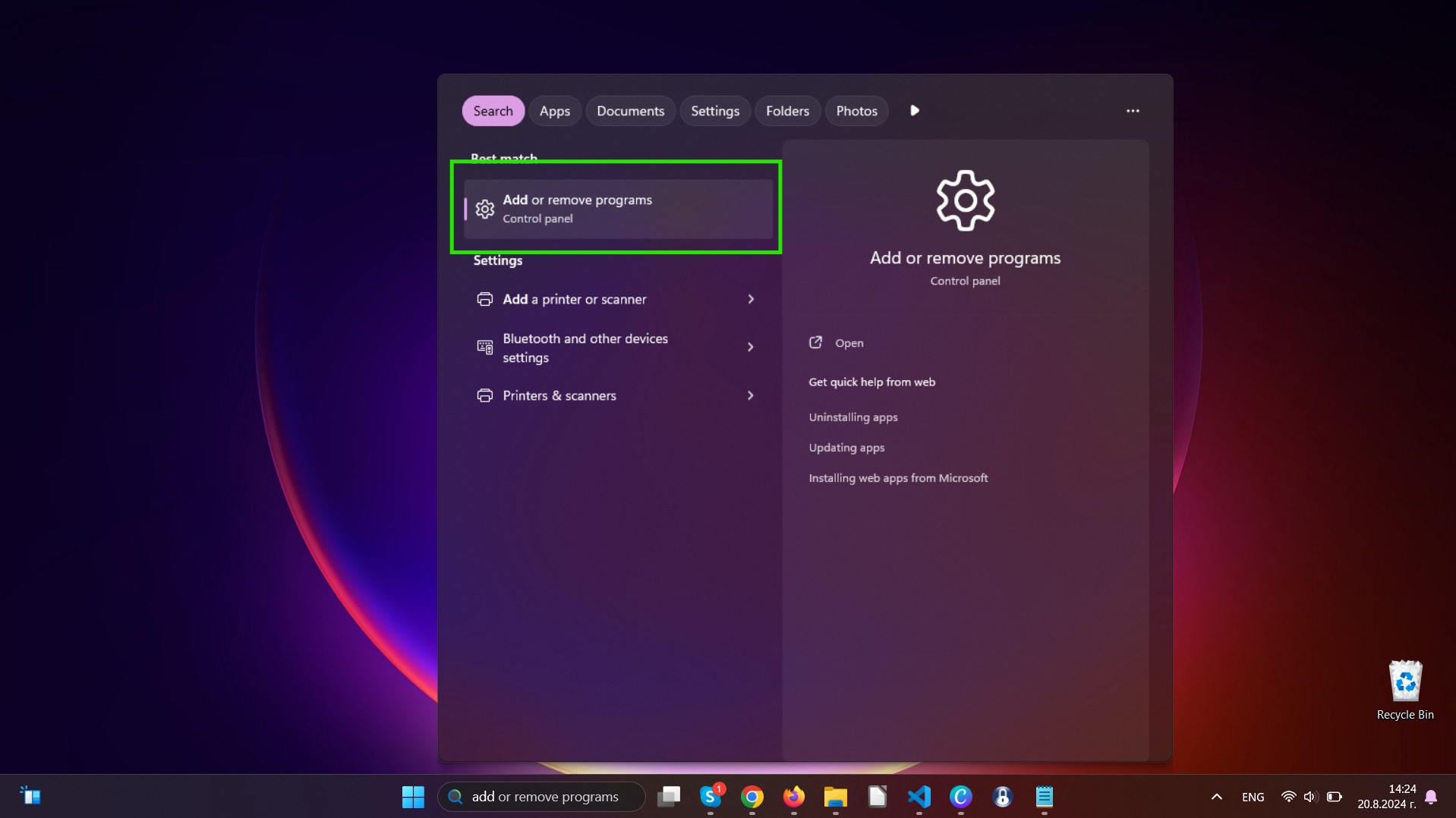
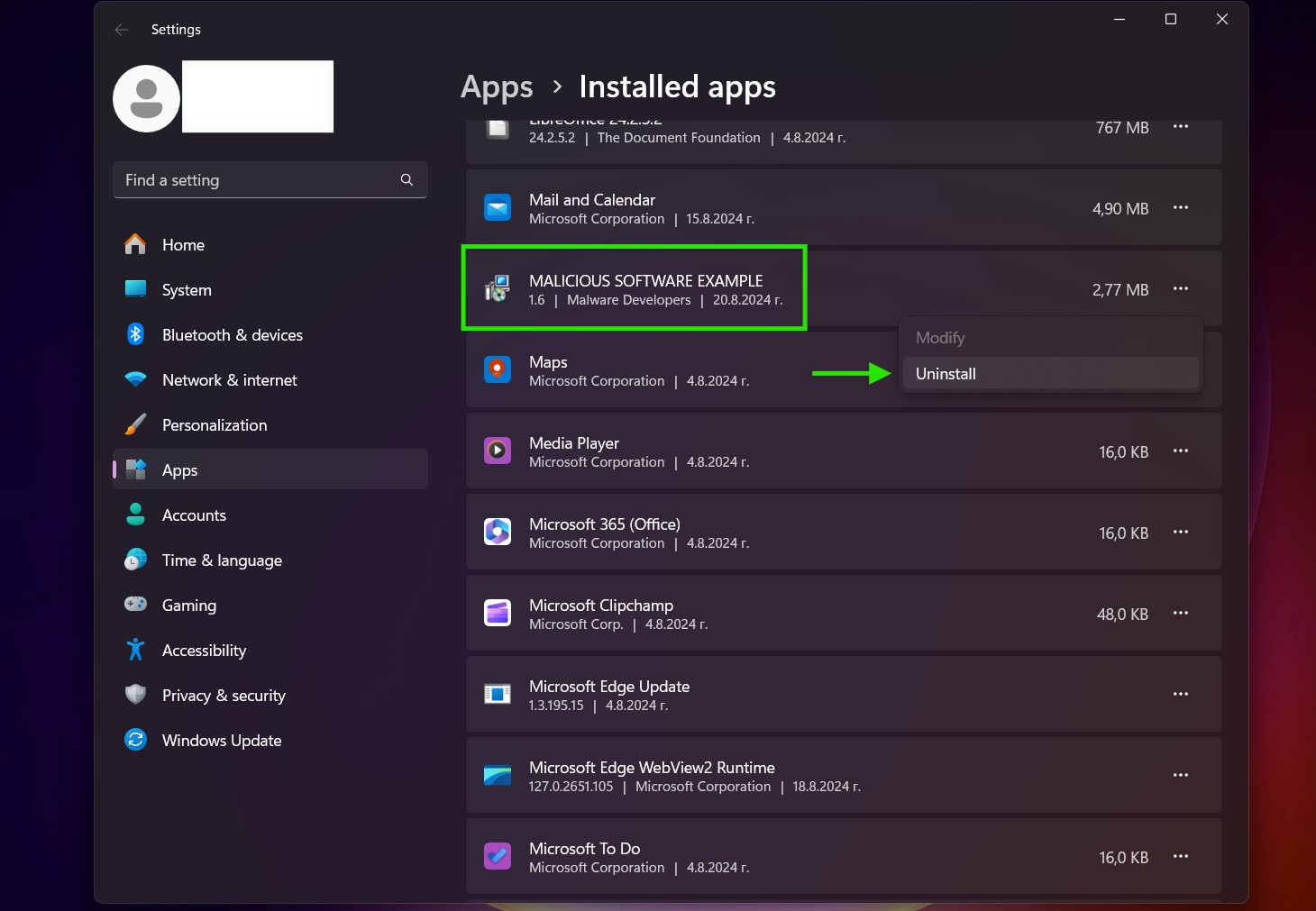
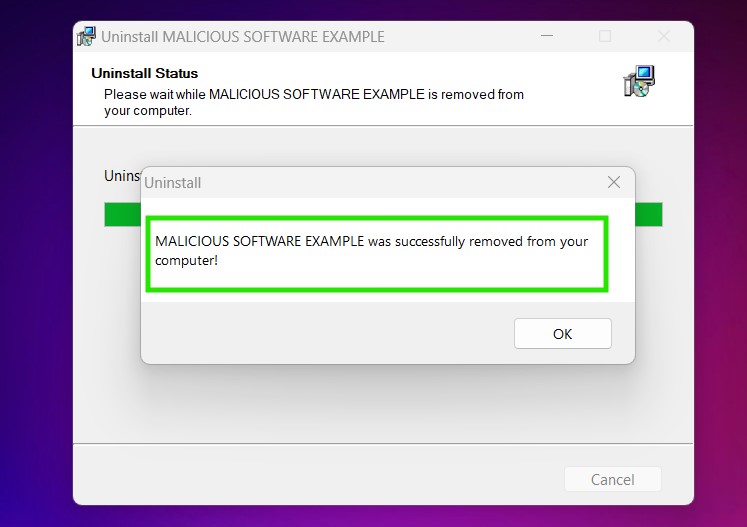
Uninstall Steps for Windows 10 and Older Versions
Here is a method in few easy steps that should be able to uninstall most programs. No matter if you are using Windows 10, 8, 7, Vista or XP, those steps will get the job done. Dragging the program or its folder to the recycle bin can be a very bad decision. If you do that, bits and pieces of the program are left behind, and that can lead to unstable work of your PC, errors with the file type associations and other unpleasant activities. The proper way to get a program off your computer is to Uninstall it. To do that:


 Follow the instructions above and you will successfully uninstall most programs.
Follow the instructions above and you will successfully uninstall most programs.
Step 4: Clean Any registries, Created by SOLANA scam on Your PC.
The usually targeted registries of Windows machines are the following:
- HKEY_LOCAL_MACHINE\Software\Microsoft\Windows\CurrentVersion\Run
- HKEY_CURRENT_USER\Software\Microsoft\Windows\CurrentVersion\Run
- HKEY_LOCAL_MACHINE\Software\Microsoft\Windows\CurrentVersion\RunOnce
- HKEY_CURRENT_USER\Software\Microsoft\Windows\CurrentVersion\RunOnce
You can access them by opening the Windows registry editor and deleting any values, created by SOLANA scam there. This can happen by following the steps underneath:


 Tip: To find a virus-created value, you can right-click on it and click "Modify" to see which file it is set to run. If this is the virus file location, remove the value.
Tip: To find a virus-created value, you can right-click on it and click "Modify" to see which file it is set to run. If this is the virus file location, remove the value.
Video Removal Guide for SOLANA scam (Windows).
Get rid of SOLANA scam from Mac OS X.
Step 1: Uninstall SOLANA scam and remove related files and objects
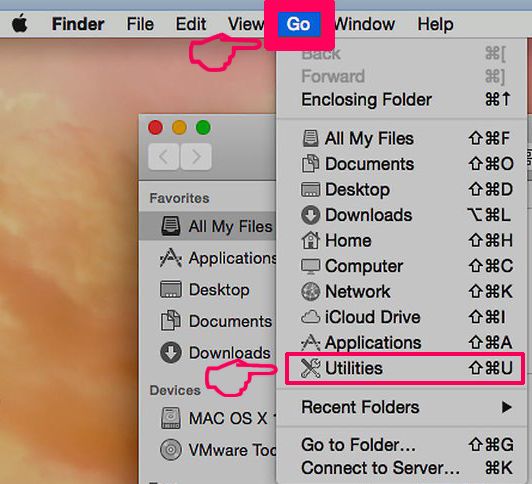
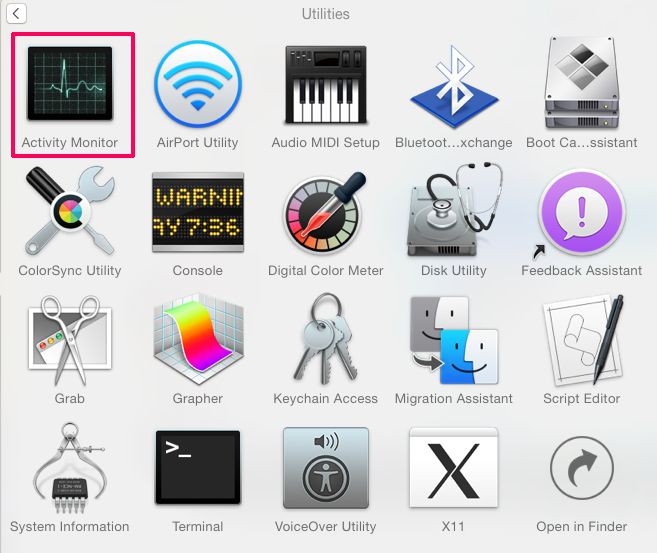
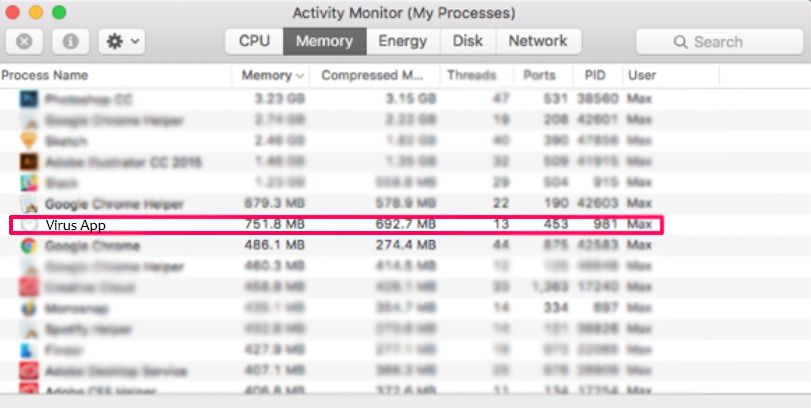
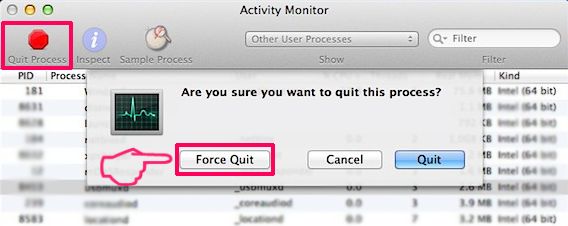
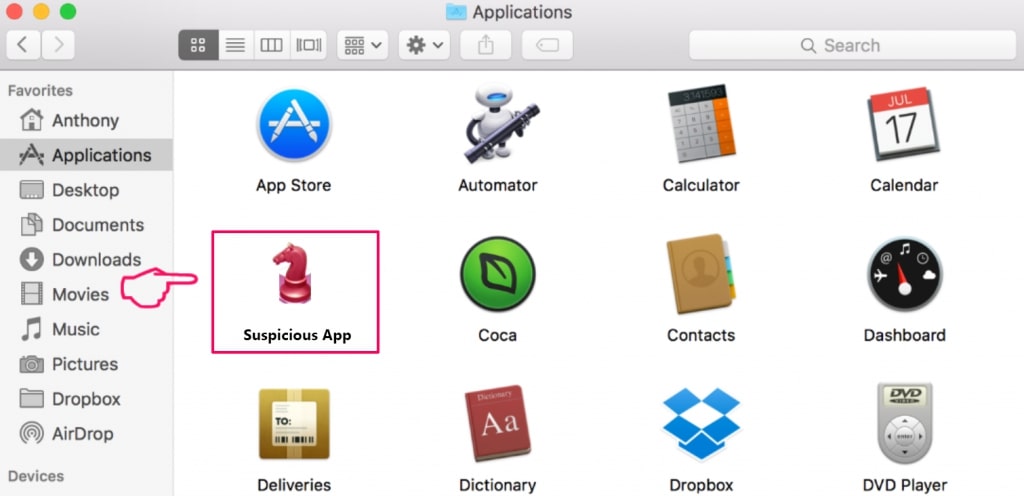
Your Mac will then show you a list of items that start automatically when you log in. Look for any suspicious apps identical or similar to SOLANA scam. Check the app you want to stop from running automatically and then select on the Minus (“-“) icon to hide it.
- Go to Finder.
- In the search bar type the name of the app that you want to remove.
- Above the search bar change the two drop down menus to “System Files” and “Are Included” so that you can see all of the files associated with the application you want to remove. Bear in mind that some of the files may not be related to the app so be very careful which files you delete.
- If all of the files are related, hold the ⌘+A buttons to select them and then drive them to “Trash”.
In case you cannot remove SOLANA scam via Step 1 above:
In case you cannot find the virus files and objects in your Applications or other places we have shown above, you can manually look for them in the Libraries of your Mac. But before doing this, please read the disclaimer below:
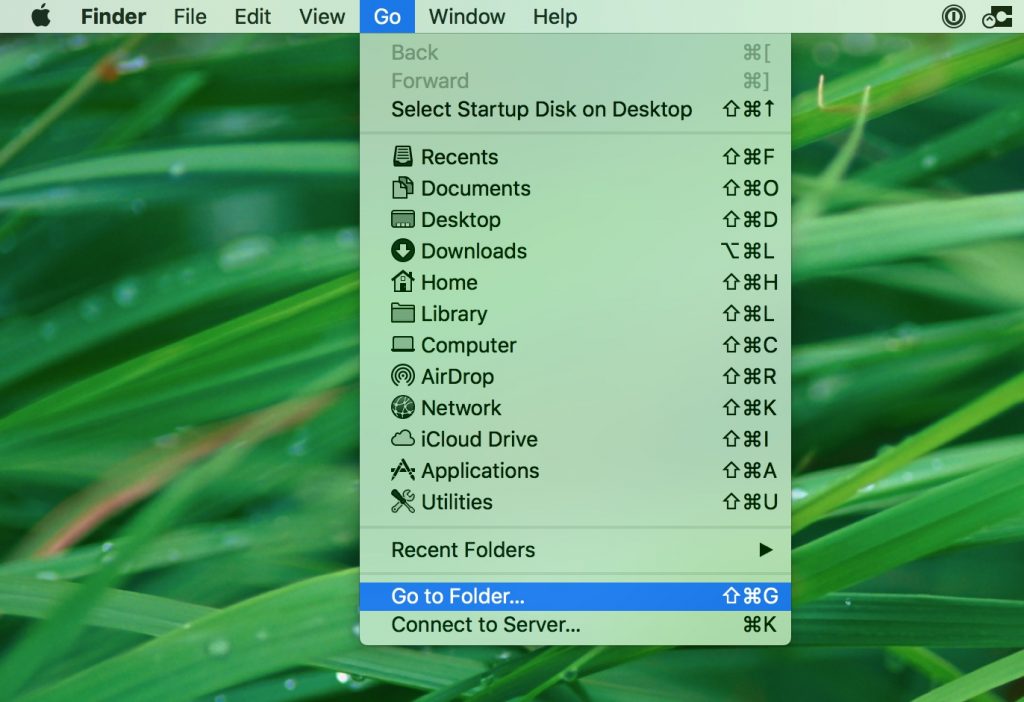
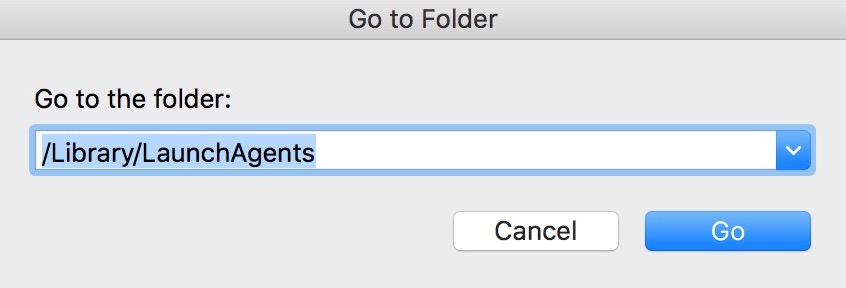
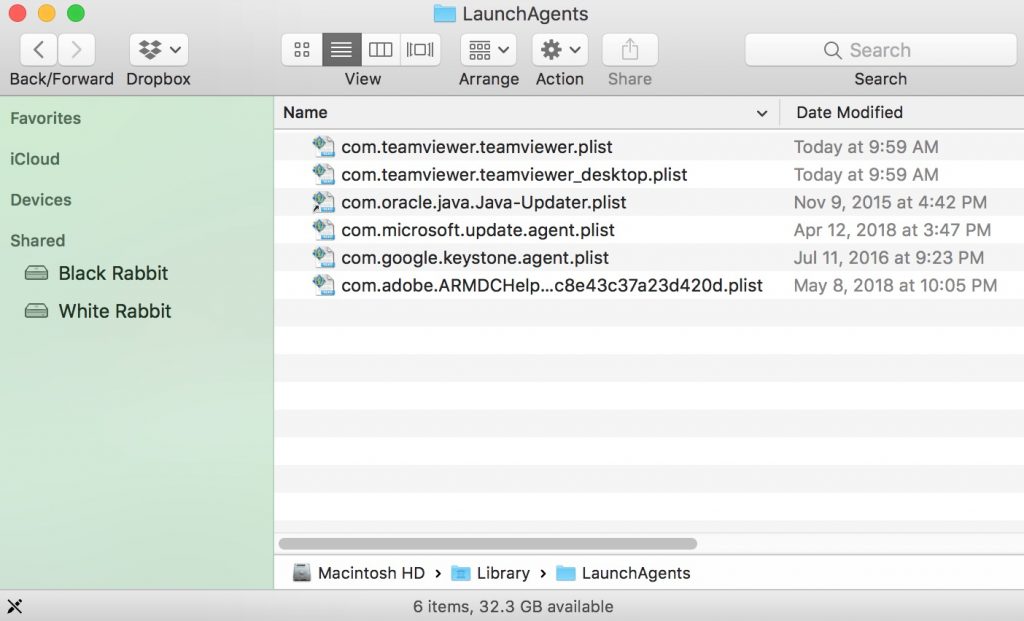
You can repeat the same procedure with the following other Library directories:
→ ~/Library/LaunchAgents
/Library/LaunchDaemons
Tip: ~ is there on purpose, because it leads to more LaunchAgents.
Step 2: Scan for and remove SOLANA scam files from your Mac
When you are facing problems on your Mac as a result of unwanted scripts and programs such as SOLANA scam, the recommended way of eliminating the threat is by using an anti-malware program. SpyHunter for Mac offers advanced security features along with other modules that will improve your Mac’s security and protect it in the future.
Video Removal Guide for SOLANA scam (Mac)
Remove SOLANA scam from Google Chrome.
Step 1: Start Google Chrome and open the drop menu
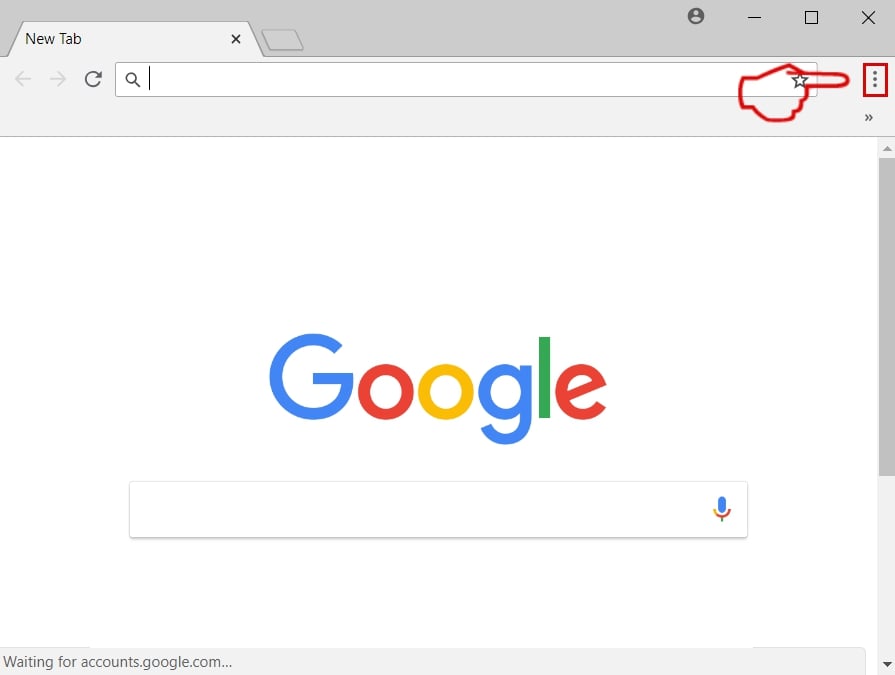
Step 2: Move the cursor over "Tools" and then from the extended menu choose "Extensions"
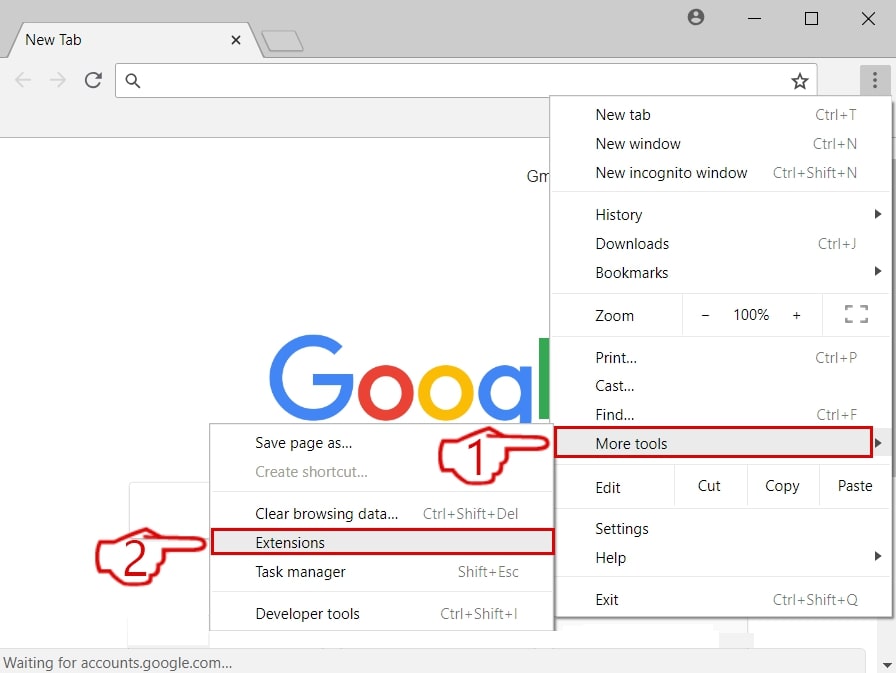
Step 3: From the opened "Extensions" menu locate the unwanted extension and click on its "Remove" button.
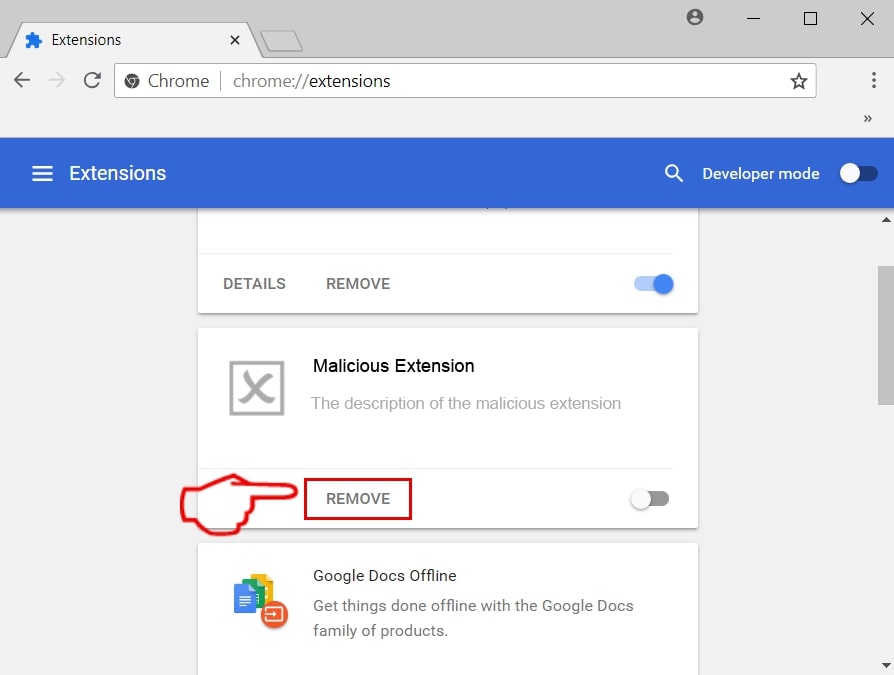
Step 4: After the extension is removed, restart Google Chrome by closing it from the red "X" button at the top right corner and start it again.
Erase SOLANA scam from Mozilla Firefox.
Step 1: Start Mozilla Firefox. Open the menu window:
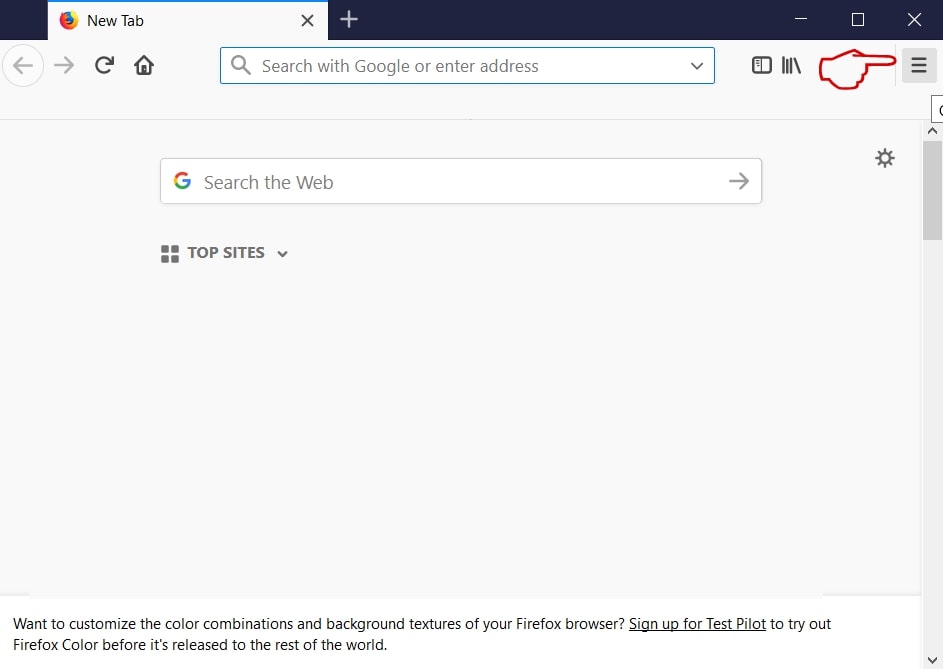
Step 2: Select the "Add-ons" icon from the menu.
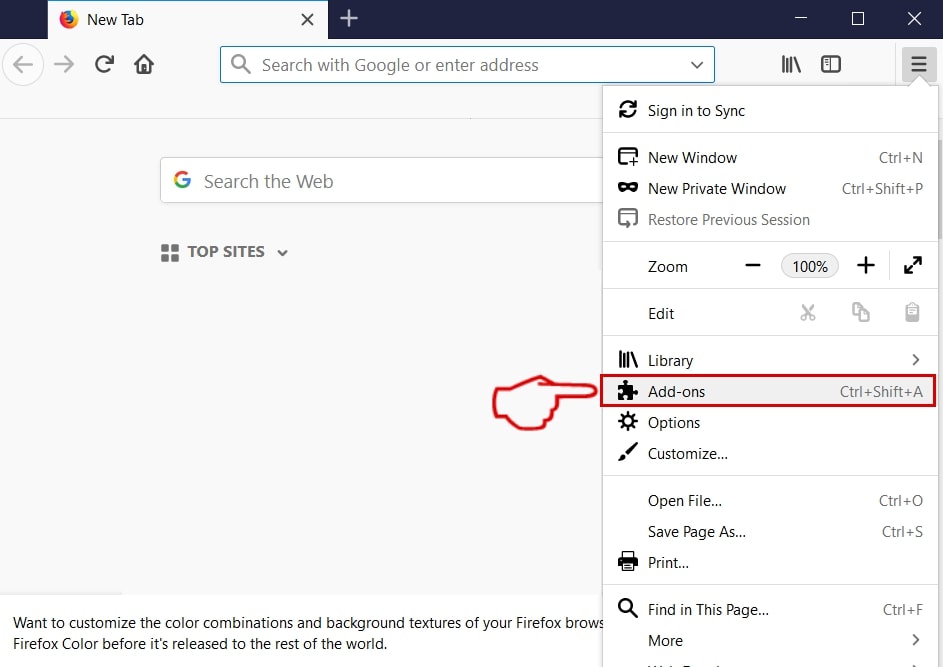
Step 3: Select the unwanted extension and click "Remove"

Step 4: After the extension is removed, restart Mozilla Firefox by closing it from the red "X" button at the top right corner and start it again.
Uninstall SOLANA scam from Microsoft Edge.
Step 1: Start Edge browser.
Step 2: Open the drop menu by clicking on the icon at the top right corner.
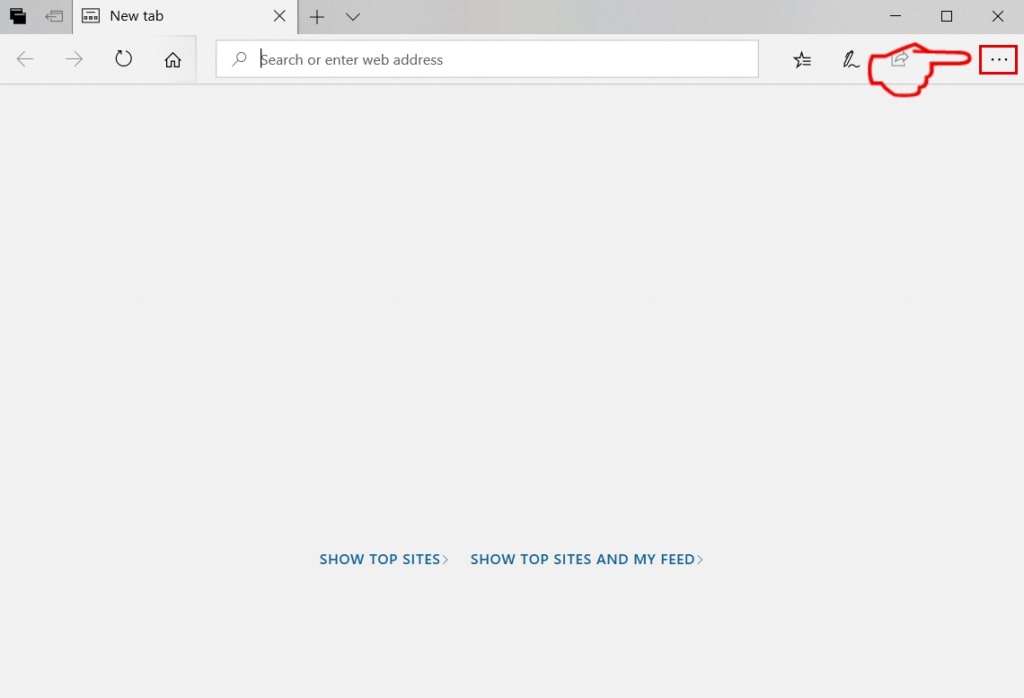
Step 3: From the drop menu select "Extensions".
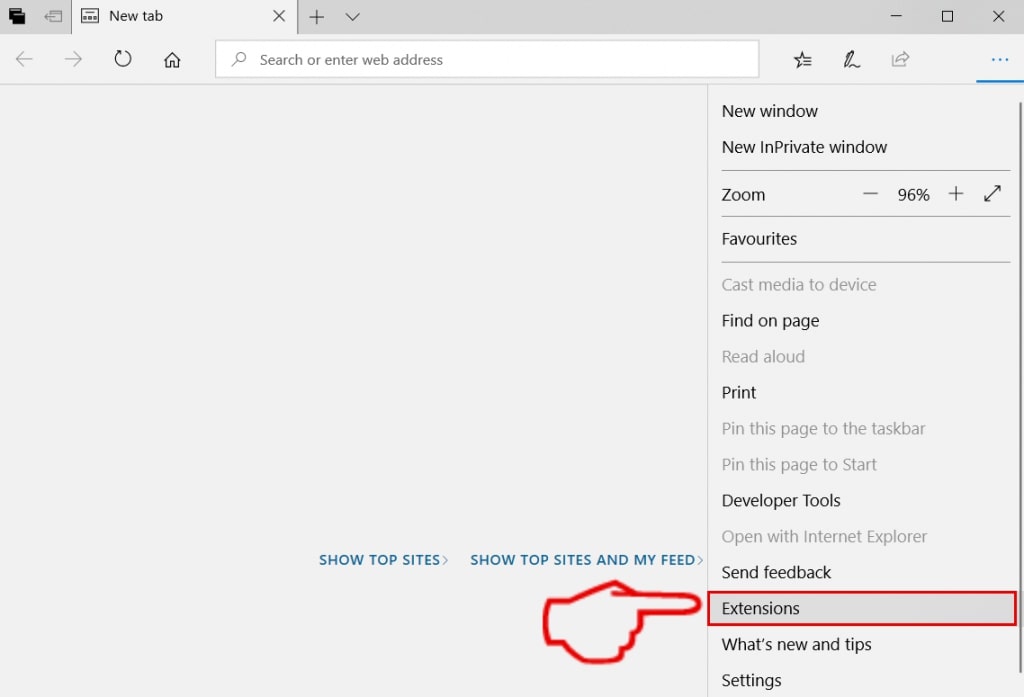
Step 4: Choose the suspected malicious extension you want to remove and then click on the gear icon.
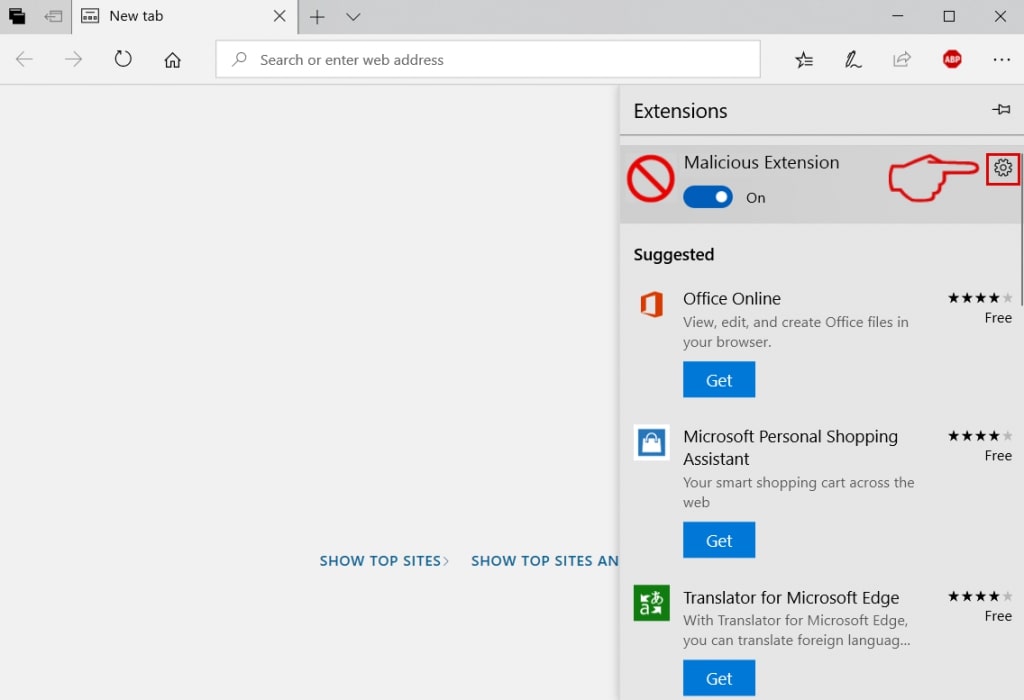
Step 5: Remove the malicious extension by scrolling down and then clicking on Uninstall.
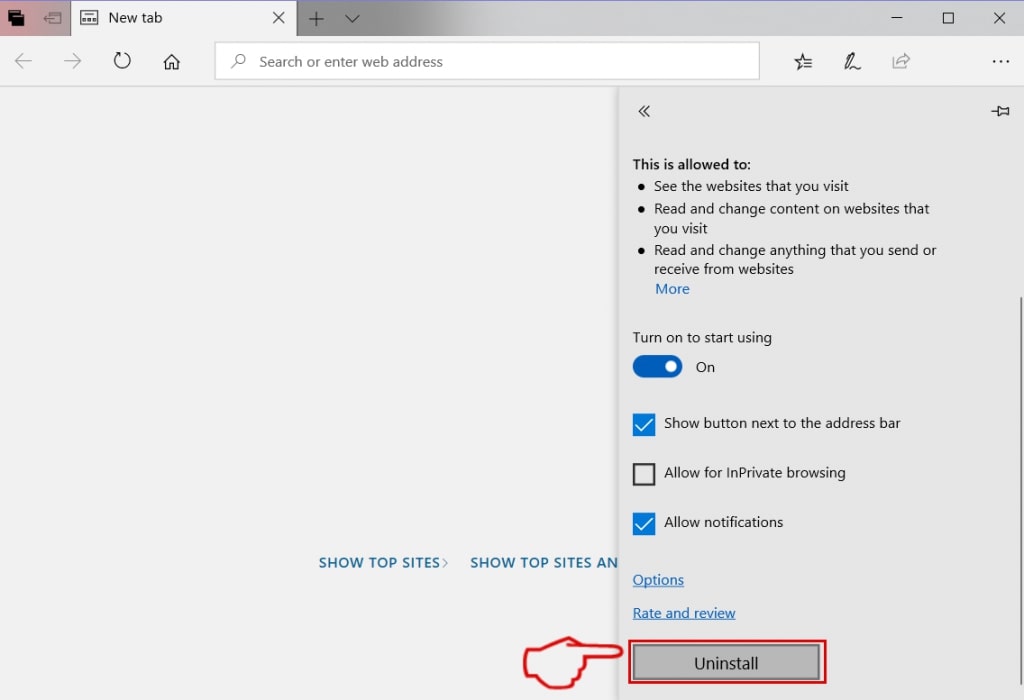
Remove SOLANA scam from Safari
Step 1: Start the Safari app.
Step 2: After hovering your mouse cursor to the top of the screen, click on the Safari text to open its drop down menu.
Step 3: From the menu, click on "Preferences".
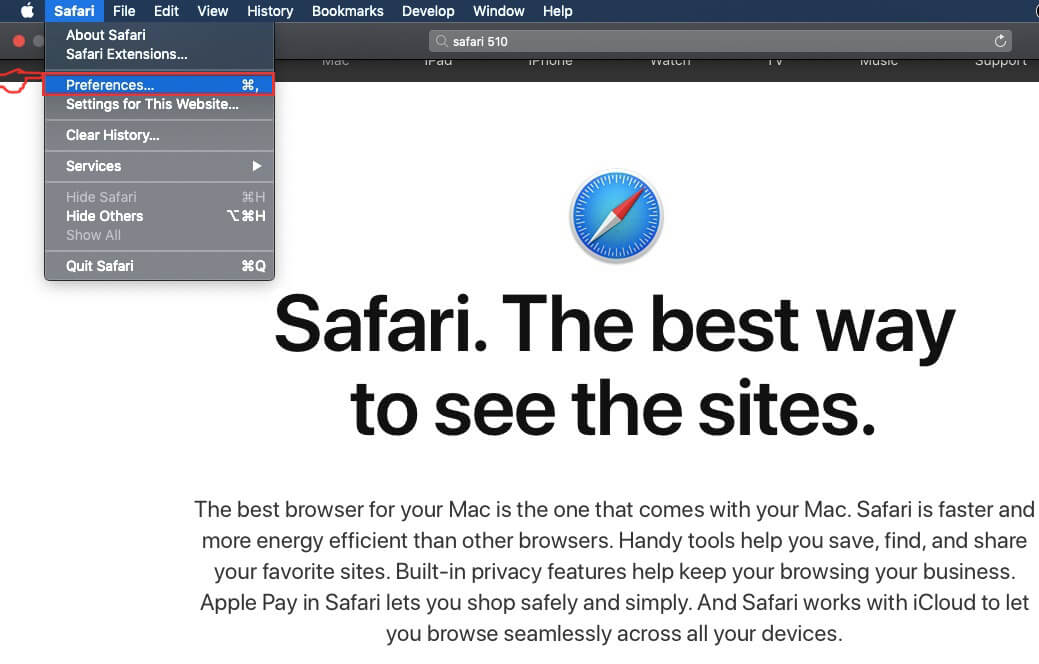
Step 4: After that, select the 'Extensions' Tab.

Step 5: Click once on the extension you want to remove.
Step 6: Click 'Uninstall'.
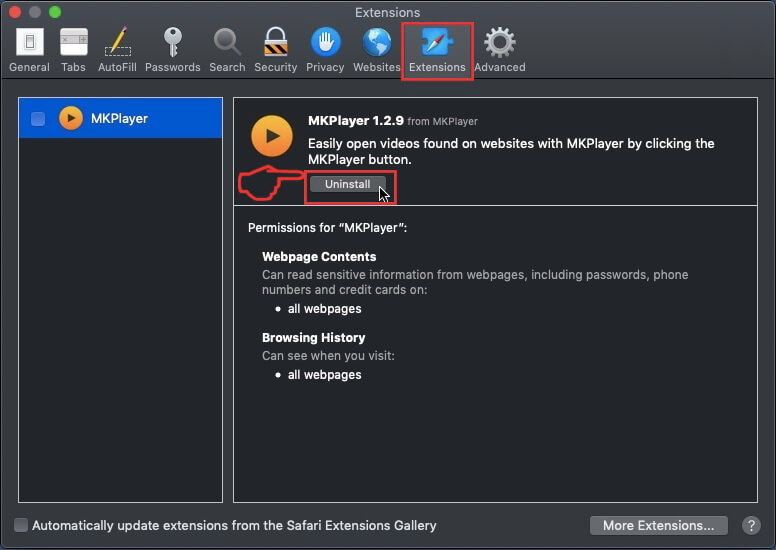
A pop-up window will appear asking for confirmation to uninstall the extension. Select 'Uninstall' again, and the SOLANA scam will be removed.
Eliminate SOLANA scam from Internet Explorer.
Step 1: Start Internet Explorer.
Step 2: Click on the gear icon labeled 'Tools' to open the drop menu and select 'Manage Add-ons'
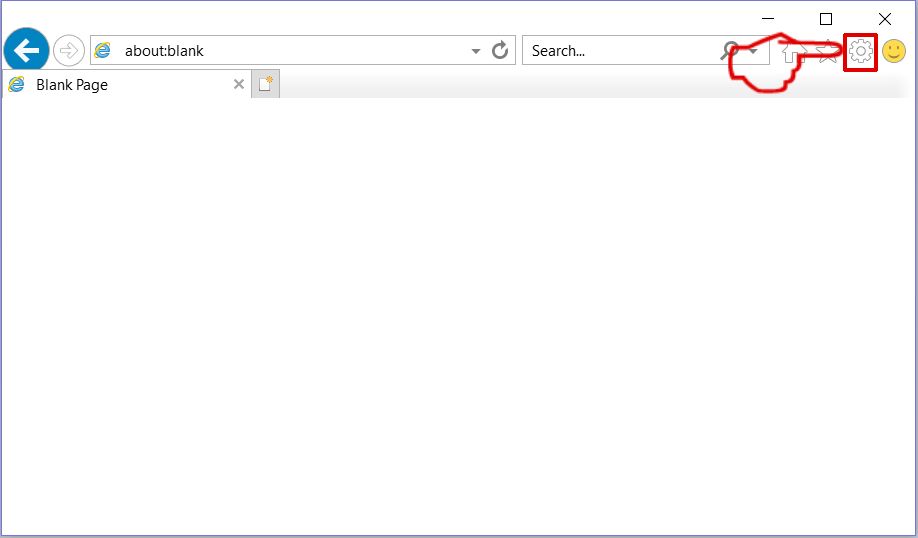
Step 3: In the 'Manage Add-ons' window.
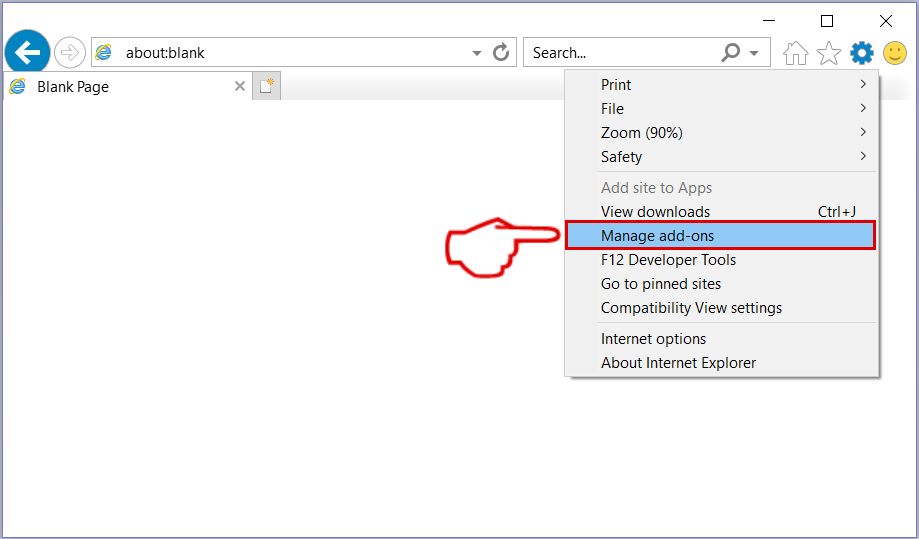
Step 4: Select the extension you want to remove and then click 'Disable'. A pop-up window will appear to inform you that you are about to disable the selected extension, and some more add-ons might be disabled as well. Leave all the boxes checked, and click 'Disable'.
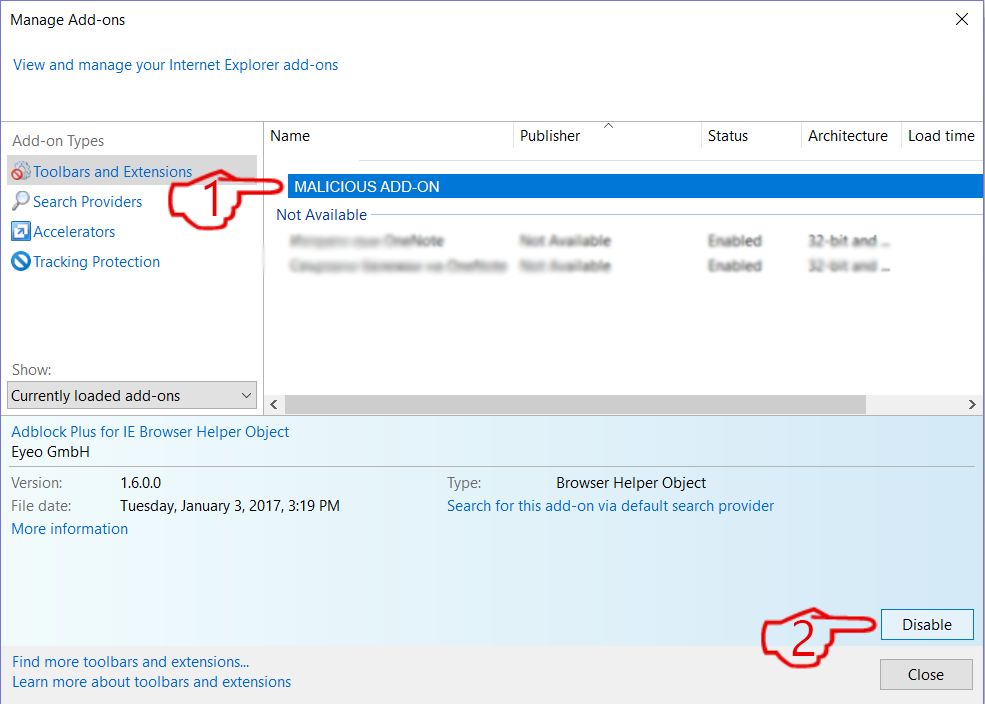
Step 5: After the unwanted extension has been removed, restart Internet Explorer by closing it from the red 'X' button located at the top right corner and start it again.
Remove Push Notifications from Your Browsers
Turn Off Push Notifications from Google Chrome
To disable any Push Notices from Google Chrome browser, please follow the steps below:
Step 1: Go to Settings in Chrome.
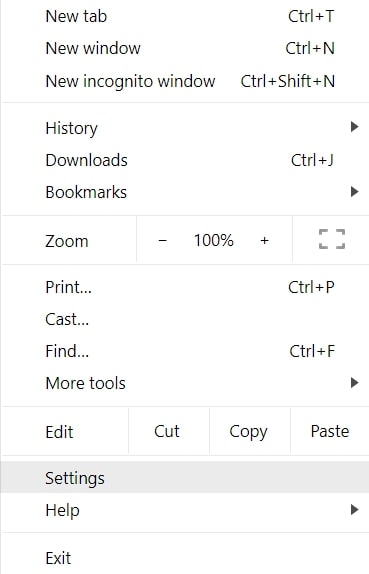
Step 2: In Settings, select “Advanced Settings”:
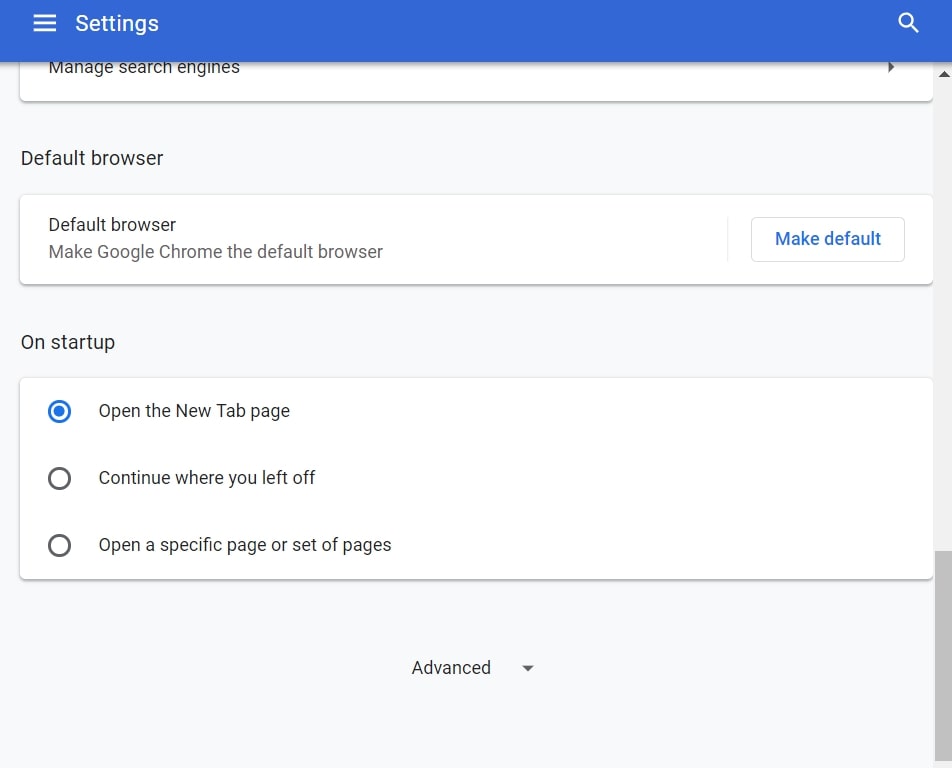
Step 3: Click “Content Settings”:
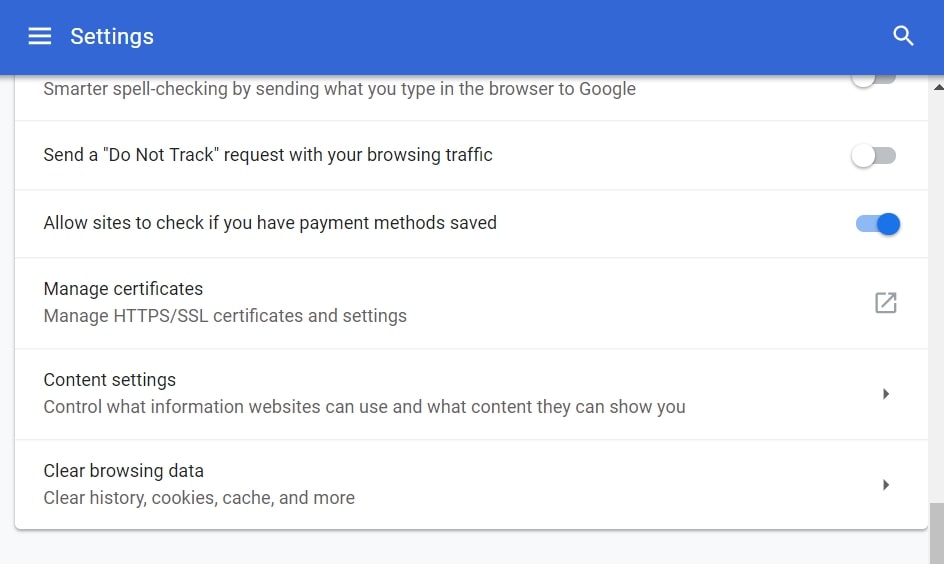
Step 4: Open “Notifications”:

Step 5: Click the three dots and choose Block, Edit or Remove options:

Remove Push Notifications on Firefox
Step 1: Go to Firefox Options.
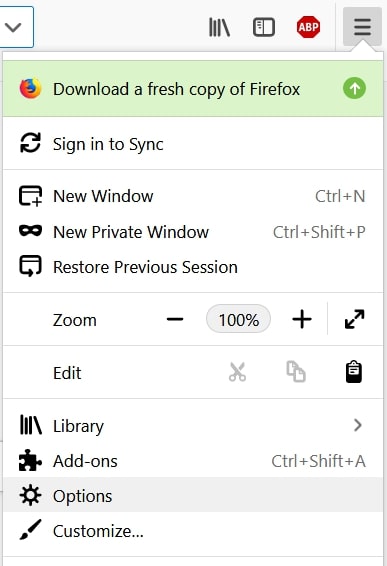
Step 2: Go to “Settings”, type “notifications” in the search bar and click "Settings":
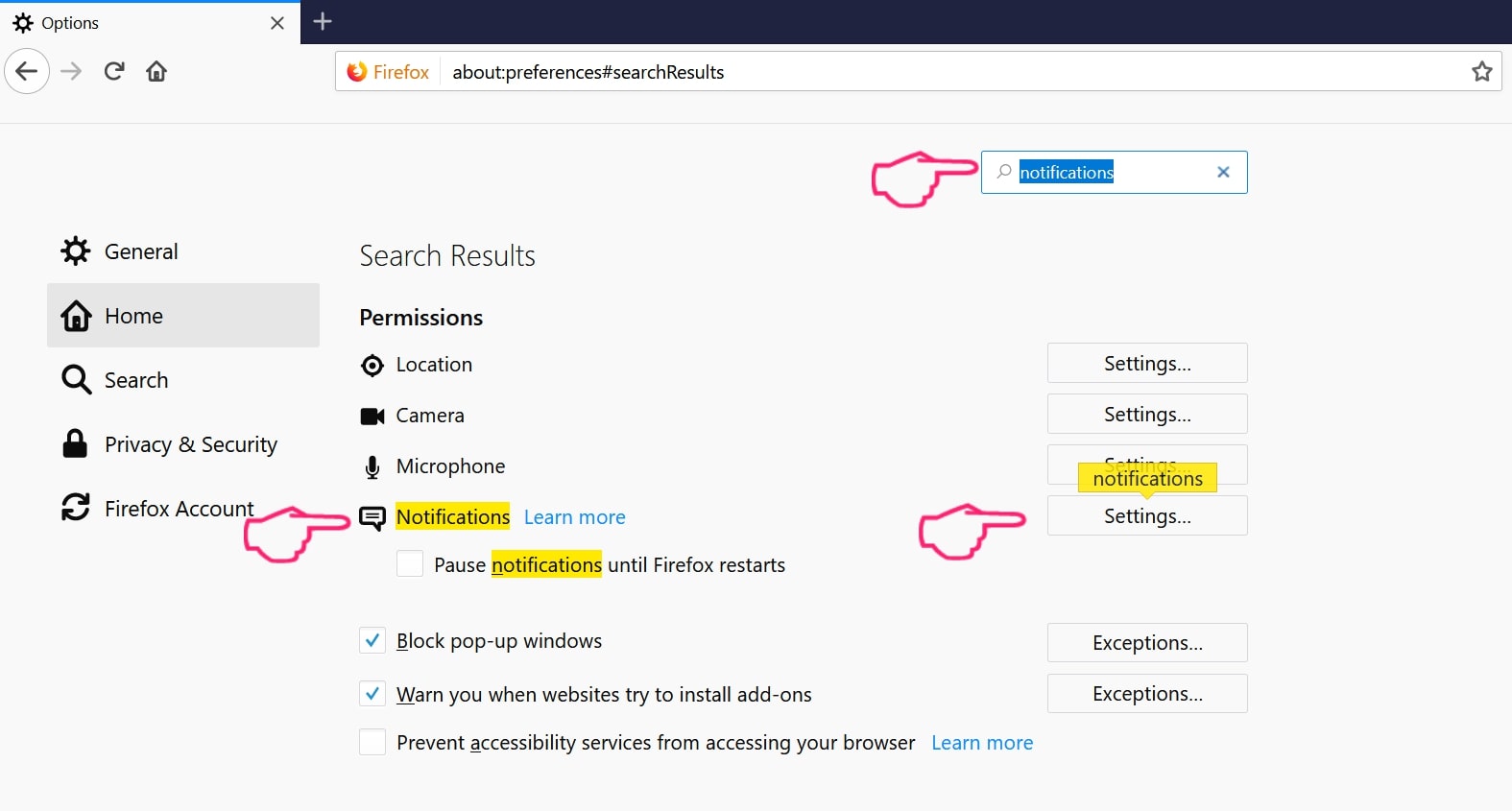
Step 3: Click “Remove” on any site you wish notifications gone and click “Save Changes”
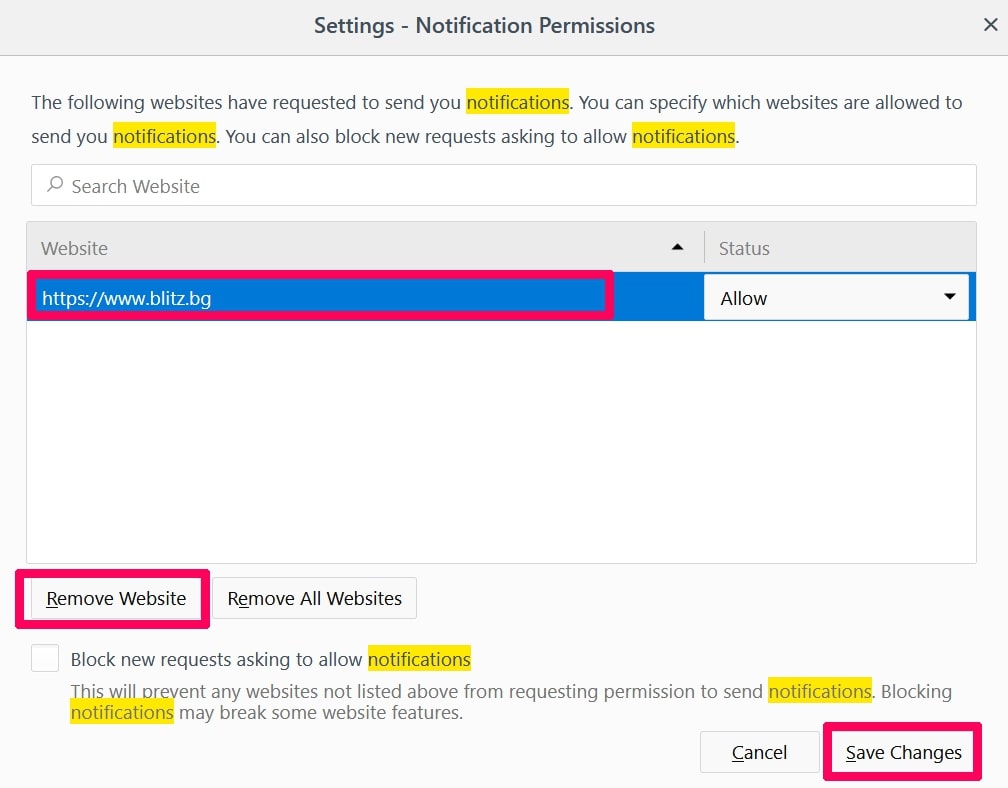
Stop Push Notifications on Opera
Step 1: In Opera, press ALT+P to go to Settings.

Step 2: In Setting search, type “Content” to go to Content Settings.
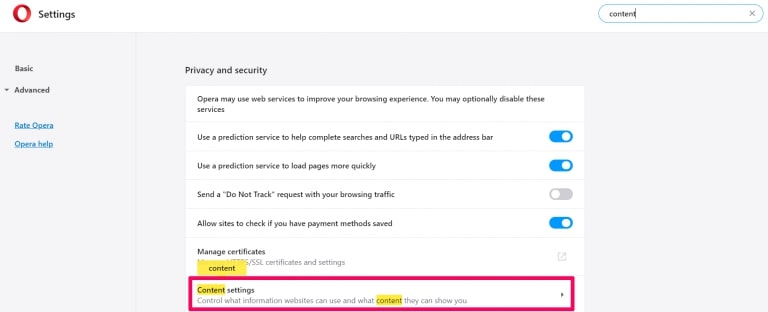
Step 3: Open Notifications:
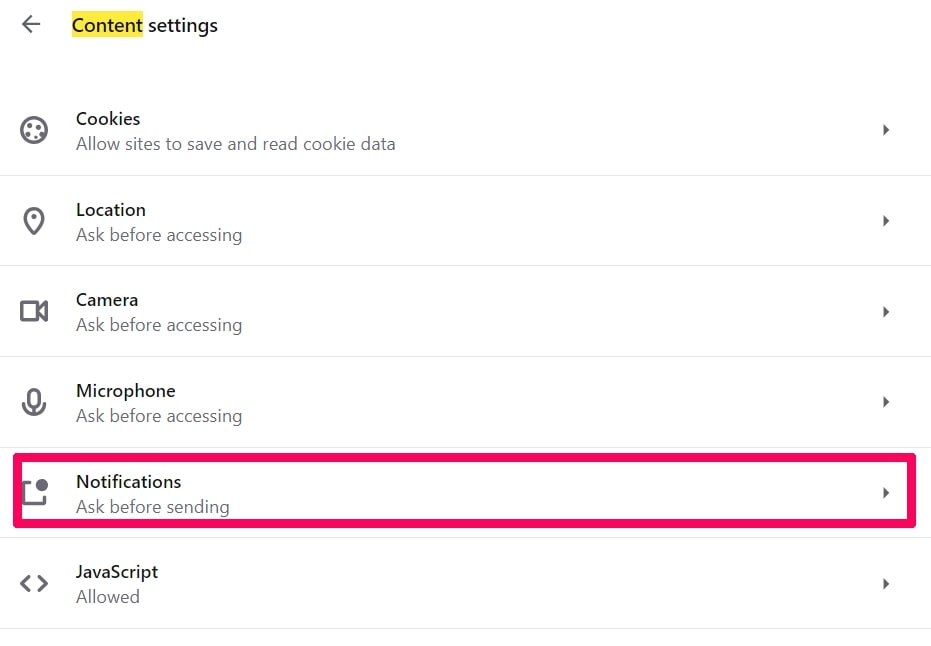
Step 4: Do the same as you did with Google Chrome (explained below):
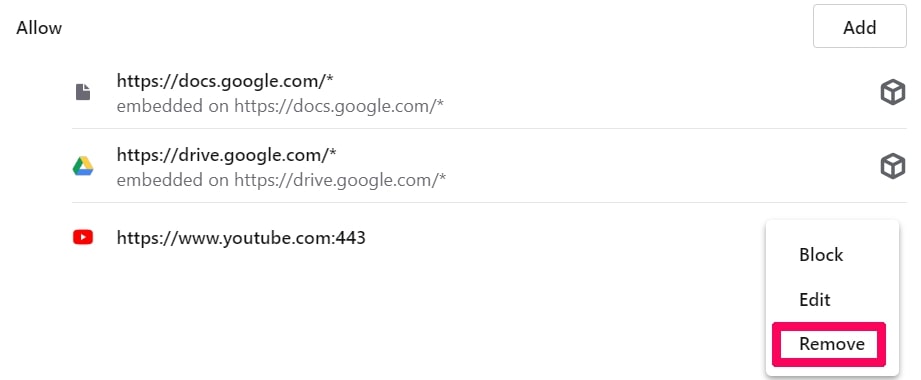
Eliminate Push Notifications on Safari
Step 1: Open Safari Preferences.
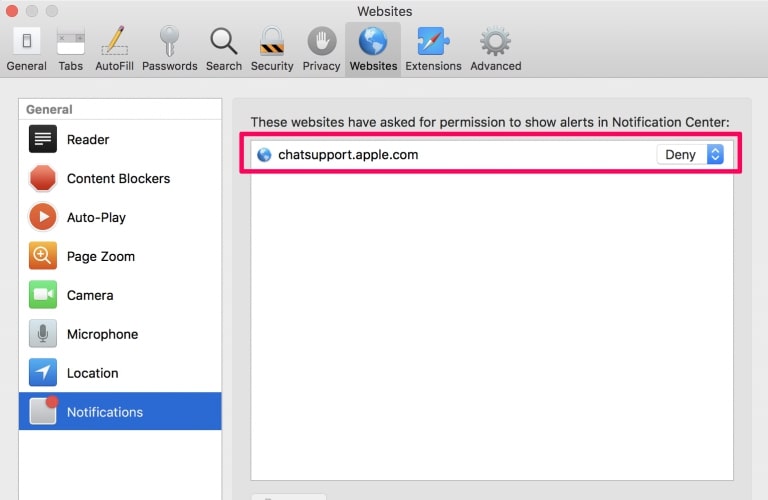
Step 2: Choose the domain from where you like push pop-ups gone and change to "Deny" from "Allow".
SOLANA scam-FAQ
What Is SOLANA scam?
The SOLANA scam threat is adware or browser redirect virus.
It may slow your computer down significantly and display advertisements. The main idea is for your information to likely get stolen or more ads to appear on your device.
The creators of such unwanted apps work with pay-per-click schemes to get your computer to visit risky or different types of websites that may generate them funds. This is why they do not even care what types of websites show up on the ads. This makes their unwanted software indirectly risky for your OS.
What Are the Symptoms of SOLANA scam?
There are several symptoms to look for when this particular threat and also unwanted apps in general are active:
Symptom #1: Your computer may become slow and have poor performance in general.
Symptom #2: You have toolbars, add-ons or extensions on your web browsers that you don't remember adding.
Symptom #3: You see all types of ads, like ad-supported search results, pop-ups and redirects to randomly appear.
Symptom #4: You see installed apps on your Mac running automatically and you do not remember installing them.
Symptom #5: You see suspicious processes running in your Task Manager.
If you see one or more of those symptoms, then security experts recommend that you check your computer for viruses.
What Types of Unwanted Programs Are There?
According to most malware researchers and cyber-security experts, the threats that can currently affect your device can be rogue antivirus software, adware, browser hijackers, clickers, fake optimizers and any forms of PUPs.
What to Do If I Have a "virus" like SOLANA scam?
With few simple actions. First and foremost, it is imperative that you follow these steps:
Step 1: Find a safe computer and connect it to another network, not the one that your Mac was infected in.
Step 2: Change all of your passwords, starting from your email passwords.
Step 3: Enable two-factor authentication for protection of your important accounts.
Step 4: Call your bank to change your credit card details (secret code, etc.) if you have saved your credit card for online shopping or have done online activities with your card.
Step 5: Make sure to call your ISP (Internet provider or carrier) and ask them to change your IP address.
Step 6: Change your Wi-Fi password.
Step 7: (Optional): Make sure to scan all of the devices connected to your network for viruses and repeat these steps for them if they are affected.
Step 8: Install anti-malware software with real-time protection on every device you have.
Step 9: Try not to download software from sites you know nothing about and stay away from low-reputation websites in general.
If you follow these recommendations, your network and all devices will become significantly more secure against any threats or information invasive software and be virus free and protected in the future too.
How Does SOLANA scam Work?
Once installed, SOLANA scam can collect data using trackers. This data is about your web browsing habits, such as the websites you visit and the search terms you use. It is then used to target you with ads or to sell your information to third parties.
SOLANA scam can also download other malicious software onto your computer, such as viruses and spyware, which can be used to steal your personal information and show risky ads, that may redirect to virus sites or scams.
Is SOLANA scam Malware?
The truth is that PUPs (adware, browser hijackers) are not viruses, but may be just as dangerous since they may show you and redirect you to malware websites and scam pages.
Many security experts classify potentially unwanted programs as malware. This is because of the unwanted effects that PUPs can cause, such as displaying intrusive ads and collecting user data without the user’s knowledge or consent.
About the SOLANA scam Research
The content we publish on SensorsTechForum.com, this SOLANA scam how-to removal guide included, is the outcome of extensive research, hard work and our team’s devotion to help you remove the specific, adware-related problem, and restore your browser and computer system.
How did we conduct the research on SOLANA scam?
Please note that our research is based on independent investigation. We are in contact with independent security researchers, thanks to which we receive daily updates on the latest malware, adware, and browser hijacker definitions.
Furthermore, the research behind the SOLANA scam threat is backed with VirusTotal.
To better understand this online threat, please refer to the following articles which provide knowledgeable details.















